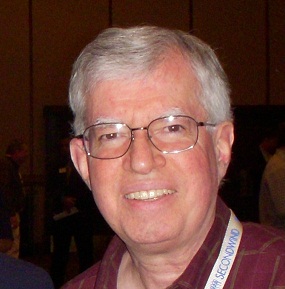
Paul Dvorak
An AWEA spokesperson commented that as the PTC was set to expire in years past, Congress would come to its senses at the 11th hour and renew it. But that’s no way to run a wind industry. What if Congress does not come to its senses this time around? What would it take for the industry to sail on without the 2.2 ¢/kWh tax credit?
Given the state of the economy, other forms of government financial support seem unlikely. Europe and Canada provide some guidance with feed in tariffs or FITs to finance their wind industry. A recent release from CanWEA said Ontario has approved a FIT of 11 ¢/kWh. That means wind-farm owners receive 11¢ for each kWh they pump onto their grid. That’s generous considering an electric bill from the U.S. Midwest says we pay about 6.72 ¢/kWh, and about the same again for transmission.
Other recent news tells of three coal fired plants in Ohio that may be taken offline by end of 2015. Doing so would triple the state’s rate to about 26.88 ¢/kWh. This is all quite puzzling coming on the heels of news that natural gas is less than $3/million BTUs. By one calculation (at 40% efficiency) a utility could produce electricity at about 2.6 ¢/kWh. Natural gas will have to rise to about $7.80/million BTUs for a rate of 6.72 ¢/kWh.
So in the spirit of planning for the worst while hoping for the best, let’s ask: Is it possible for technology innovations to upgrade wind turbines to the point where they produce power at a rate competitive to that of natural gas?
I think so. This magazine regularly reports on significant technical developments that push the wind industry toward lower cost production. A few examples include the solid gear, variable-speed transmission from VMT Technologies, high-strength rebar to trim foundation costs, and superconducting materials now in production would allow smaller, lighter, gearbox-free generators with higher outputs than conventional designs. Each is a step in the right direction of lowering the cost of wind energy.
Consulting engineer Philip Totaro is more certain the answer is “yes,” and says so in a recent posting (http://tinyurl.com/723klm3). He concludes this after reviewing U.S. patents for potentially useful wind-industry applications and says there are plenty of untapped ideas – more than 5,200 by his count – that could help improve generating efficiency of horizontal-axis wind turbines.
After the recent WINDPOWER 2012 show and conference in Atlanta, Totaro shared his observations on the innovations he spotted. Watch for swept blades, he suggests, on either Siemens or GE turbines. The design would let the blade passively react to gusts and direction changes, thereby shedding loads that otherwise would transmit through the drive train. Goldwind’s belt-driven pitch drive eliminates the gearing usually needed for such an operation. Backup power in the drive is provided by supercapacitors, not batteries. And control developments would lower the frequency deadband and control harmonics on a transmission line.
Modular design ideas showed up several places. Tindall Industries conducted tours of its 40-m tall concrete wind-tower base. Its sections transport more easily than do conventional large diameter, 100-m tower sections that might not fit under some bridges. Modular Wind Energy also discussed their ideas for a turbine-blade joint that allows building blades in sections. The feature simplifies production and logistics.
The 80-20 rule suggests that if what we saw was 20% of ready developments, about 80% more were not available for public viewing. But they are coming. Will innovation save the wind industry? The forecast looks good.
Filed Under: News, Turbines




